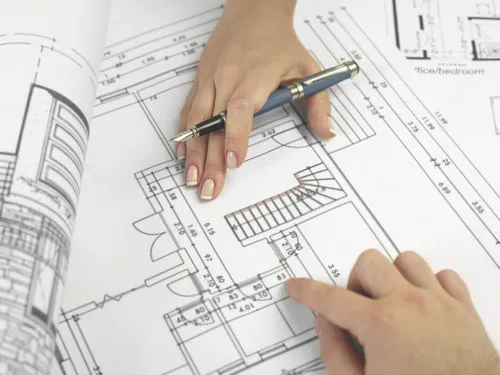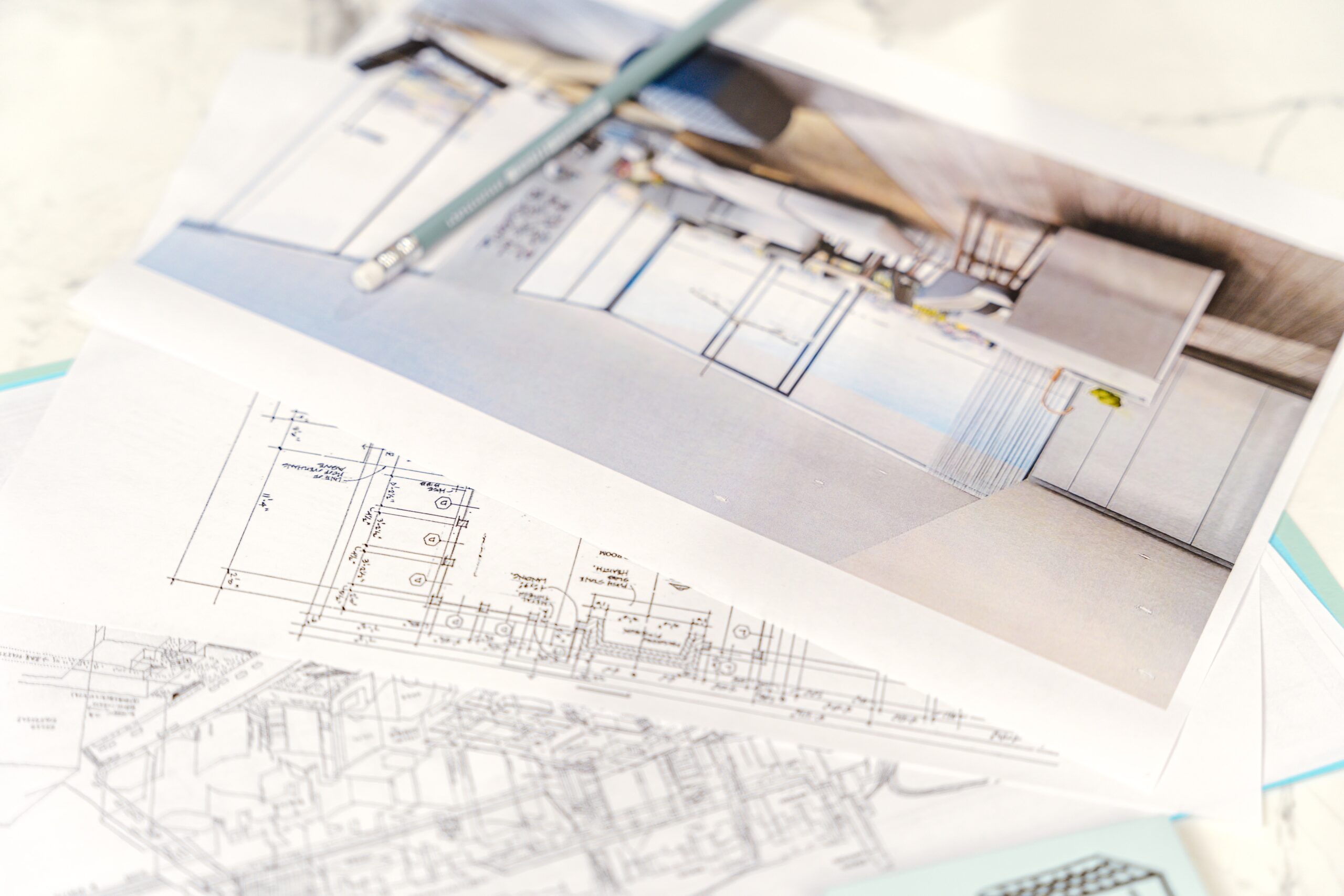Structural Drafting Services in the UAE: Trends and Innovations
The United Arab Emirates (UAE) has emerged as a global hub for architectural innovation, engineering marvels, and rapid urban development. At the heart of these impressive feats lies a crucial element—Structural Drafting Services. As the UAE continues its transformation with mega-projects like NEOM, Dubai Creek Tower, and Abu Dhabi’s futuristic smart cities, structural drafting has evolved from basic 2D representations to intricate, collaborative, and technology-driven models. This evolution is not just about drawing; it’s about engineering precision, integrating new technologies, and optimizing construction workflows. Let’s explore the key trends and innovations shaping structural drafting services in the UAE.
1. Shift from 2D Drafting to Building Information Modeling (BIM)
One of the most significant trends in structural drafting is the widespread adoption of Building Information Modeling (BIM). Traditionally, structural drafting involved 2D CAD software to create layouts, sections, and elevations. However, with the UAE’s focus on complex, large-scale developments, 2D drawings are no longer sufficient.
BIM allows engineers, architects, and contractors to work collaboratively using a shared 3D model that contains detailed information about every component of the structure—from steel reinforcements to concrete foundations. This enhances visualization, reduces clashes, and ensures better coordination among project stakeholders.
Governments and major developers in the UAE have made BIM mandatory for many public sector projects, especially in Dubai. This has pushed drafting service providers to invest in upskilling and advanced software tools to stay competitive.
2. Integration of AI and Automation
Automation is redefining the scope of structural drafting. Drafting firms in the UAE are increasingly using Artificial Intelligence (AI) to automate repetitive tasks such as drawing generation, clash detection, and material take-offs. AI-powered tools can learn from previous project data to suggest optimal design solutions, detect potential errors, and streamline the design workflow.
This not only reduces the time and cost of drafting but also enhances accuracy. For example, AI can predict stress points in a structure and propose reinforced areas even during the drafting phase. These intelligent systems help engineers focus on creative and strategic decisions rather than tedious manual corrections.
3. Cloud-Based Collaboration
With global teams working on UAE-based projects, especially in cities like Dubai and Abu Dhabi, the need for cloud-based drafting platforms has surged. Cloud computing enables real-time collaboration between structural engineers, architects, and consultants from different geographical locations.
Tools like Autodesk BIM 360, Revit Cloud Worksharing, and Trimble Connect allow multiple users to work on the same model simultaneously. This significantly reduces delays caused by version control issues, enhances transparency, and keeps all stakeholders aligned.
Moreover, the cloud provides secure data storage and easy access, which is especially useful for projects with long timelines or extensive revisions.
4. Sustainability and Green Design Integration
The UAE has made strong commitments to sustainability, including the UAE Net Zero 2050 initiative. Structural drafting services are evolving to support this mission by incorporating green building principles into their designs. Drafting now includes modeling for energy-efficient structures, low-impact materials, and modular construction methods.
Structural drafts increasingly consider lifecycle assessments, thermal performance, and environmental impact. Smart design strategies like passive cooling, solar panel integration, and sustainable material usage are all reflected in the drafts and specifications.
Additionally, structural drafting tools are integrated with simulation software that allows testing of environmental factors like wind load, heat gain, and shading—right from the planning stage.
5. Modular and Prefabricated Construction Support
With the rising demand for faster project delivery and reduced site disruptions, modular and prefabricated construction is gaining traction in the UAE. Structural drafting services now include detailing for precast concrete, steel modules, and off-site fabrication.
This approach requires precise and accurate drafting to ensure that modules fabricated off-site fit perfectly when assembled on-site. Drafting teams work closely with fabrication units to produce shop drawings, reinforcement detailing, and assembly instructions.
The accuracy enabled by modern drafting tools minimizes errors, enhances productivity, and accelerates construction timelines—beneficial for fast-paced markets like the UAE.
6. Customization and Parametric Design
Another innovation reshaping structural drafting in the UAE is parametric and generative design. These technologies allow drafters and engineers to create flexible models that adjust dynamically based on input parameters like load requirements, material strength, or budget constraints.
For instance, a parametric drafting model of a truss system can automatically modify itself based on span length or wind load conditions. This enables structural engineers to explore multiple design iterations quickly and identify the most efficient structural configuration.

In high-profile projects where aesthetic and structural uniqueness is paramount, parametric drafting plays a crucial role in delivering innovative yet feasible designs.
7. Talent Development and Upskilling
With technology advancing rapidly, structural drafting professionals in the UAE must constantly upgrade their skills. Many firms invest in ongoing training programs for BIM, Revit, Tekla Structures, AutoCAD, and Dynamo scripting.
There is also a growing emphasis on cross-disciplinary expertise—drafting professionals are expected to understand structural analysis, sustainability requirements, and project management principles. The UAE’s strong focus on education and innovation ensures that local talent remains at the forefront of global trends.
Conclusion
Structural drafting services in the UAE are undergoing a digital transformation driven by technological innovation, sustainability goals, and the need for global collaboration. From BIM and AI integration to modular construction and green design, these trends are revolutionizing how engineers and architects approach structural drafting. As the UAE continues to push the boundaries of architectural ambition, the role of precise, intelligent, and adaptive drafting services will only become more critical in shaping the skylines of tomorrow.

